Authenticating Communication Screenshots
Text messages and social media evidence can offer a plethora of relevant data. However, screenshots are not a reliable form of authenticating digital communication. Whether its Slack, Facebook Messenger, or email, screenshots of digital evidence can be easily fabricated.
Screenshot Failures in Court
- Rossbach v. Montefiore Medical Center: To substantiate claims of workplace harassment and wrongful termination, the plaintiff submitted text screenshots from her former employer. The suit was dismissed after the court noticed emojis that an iPhone 5 is unable to depict.[1]
- Moroccanoil v. Marc Anthony Cosmetics: In this trademark case, the court dismissed Facebook screenshots because of insufficient circumstantial evidence.[2]
- R v. Martin: Facebook screenshots submitted to the police through an anonymous source were rejected by the court. The judge held that the anonymous source and the police couldn’t validate the authenticity of the evidence.[3]
How to Authenticate a Text Message Screenshot
Rule 901(b) of the Federal Rules of Evidence offers examples of authenticating all forms of digital evidence. The following are examples that are most applicable to screenshots of text messages:
- Testimony of a Witness with Knowledge
- Comparison by an Expert Witness or the Trier of Fact
- Distinctive Characteristics and the Like
- Evidence About Public Records
- Methods Provided by a Statute or Rule (e.g. phone company records)[4]
How to Authenticate a Social Media Screenshot
- Testimony from the alleged poster claiming ownership of the profile in question.
- Expert testimony validating that the content originated from the alleged creator’s device.
- Witness testimony confirming that the alleged author was the true creator of the content based on distinct characteristics.[5]
- Testimony from the social media network stating that the alleged creator of the post(s) had exclusive access to the device in question and social media account.[6]
Conclusion
Though screenshots may seem like an easy ESI production method, it’s best to collect evidence from native files. However, Rene v. State of Texas demonstrates that screenshots can be helpful when utilized correctly. In this case, the defense argued against the admittance of evidence from the defendant’s MySpace account. They maintained there was no evidence of when the pictures were taken, who captured them, or if they were real. Yet, the court approved their admittance because more compelling data supported the evidence in the screenshot.[7] Rene v. State of Texas exemplifies that communication screenshots are best utilized as supporting evidence rather than the foundation of an argument.
[1] Philip Favro, “Fabricated Text Message Case Highlights the Importance of Emojis in E-Discovery,” Legaltech News, August 16, 2021, https://www.law.com/legaltechnews/2021/08/16/fabricated-text-message-case-highlights-the-importance-of-emojis-in-e-discovery/?kw=Fabricated%20Text%20Message%20Case%20Highlights%20the%20Importance%20of%20Emojis%20in%20E-Discovery
[2] “Court Cases Involving Social Media,” Bosco Legal Services, Inc. Accessed August 22, 2021, https://www.boscolegal.org/court-resources/social-media-case-law/
[3] Ramna Safeer, “Shedding Light on Screenshots as Electronic Evidence,” Thecourt.ca, January 18, 2021. http://www.thecourt.ca/r-v-martin-shedding-light-on-screenshots-as-electronic-evidence/
[4] “Rule 901 – Authenticating or Identifying Evidence,” Rules of Evidence, Accessed August 23, 2021, https://www.rulesofevidence.org/article-ix/rule-901/
[5] Denise A. Blake, “Social Media Evidence at Trial,” The People’s Law Library of Maryland, May 19, 2021, https://www.peoples-law.org/social-media-evidence-trial
[6] Michaela Battista Sozio, “Authenticating Digital Evidence at Trial,” American Bar Association, April 27, 2017, https://www.americanbar.org/groups/business_law/publications/blt/2017/04/03_sozio/
[7] “Court Cases Involving Social Media,” Bosco Legal Services, Inc. Accessed August 22, 2021, https://www.boscolegal.org/court-resources/social-media-case-law/


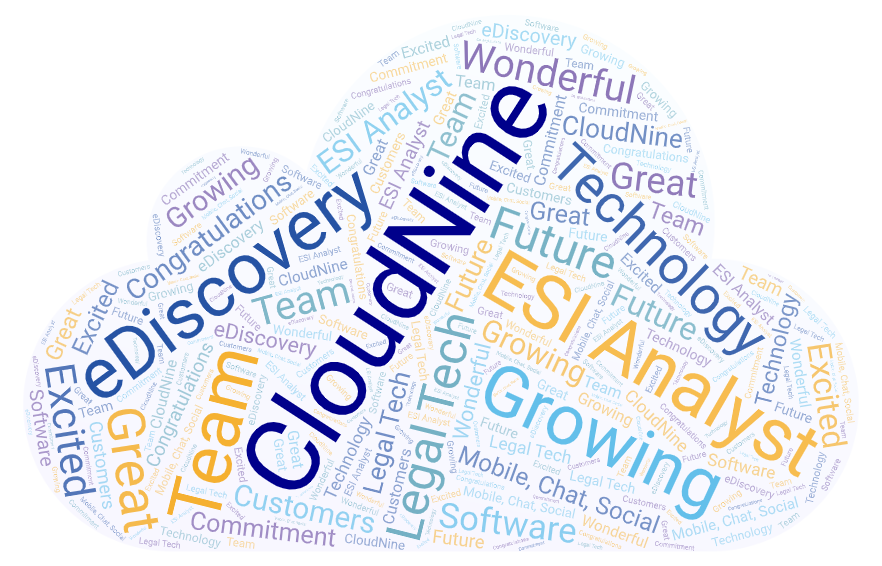
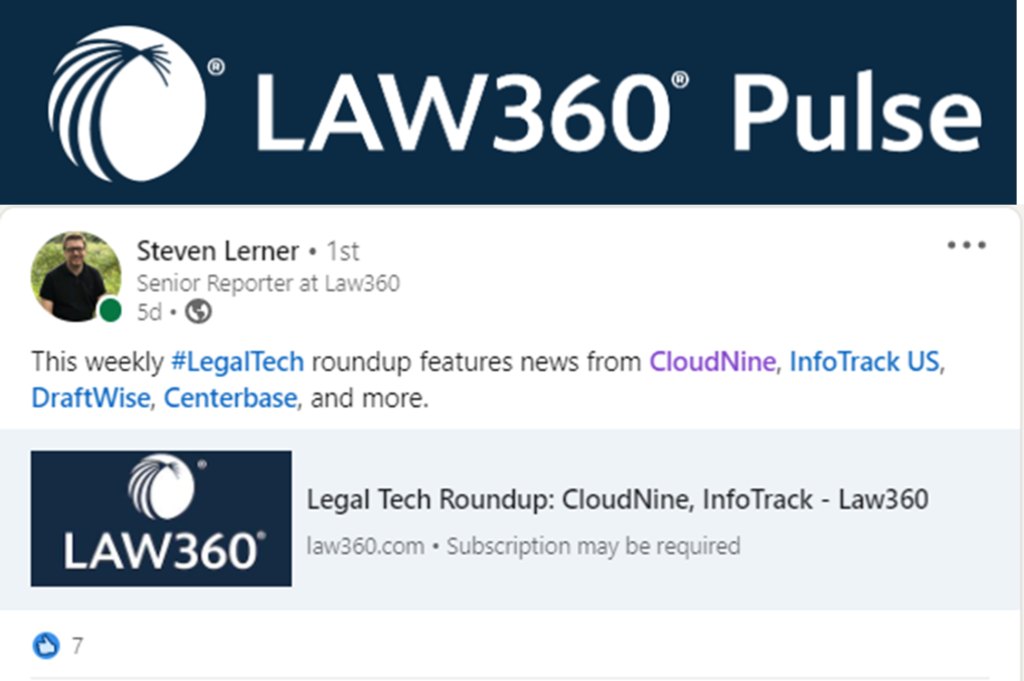
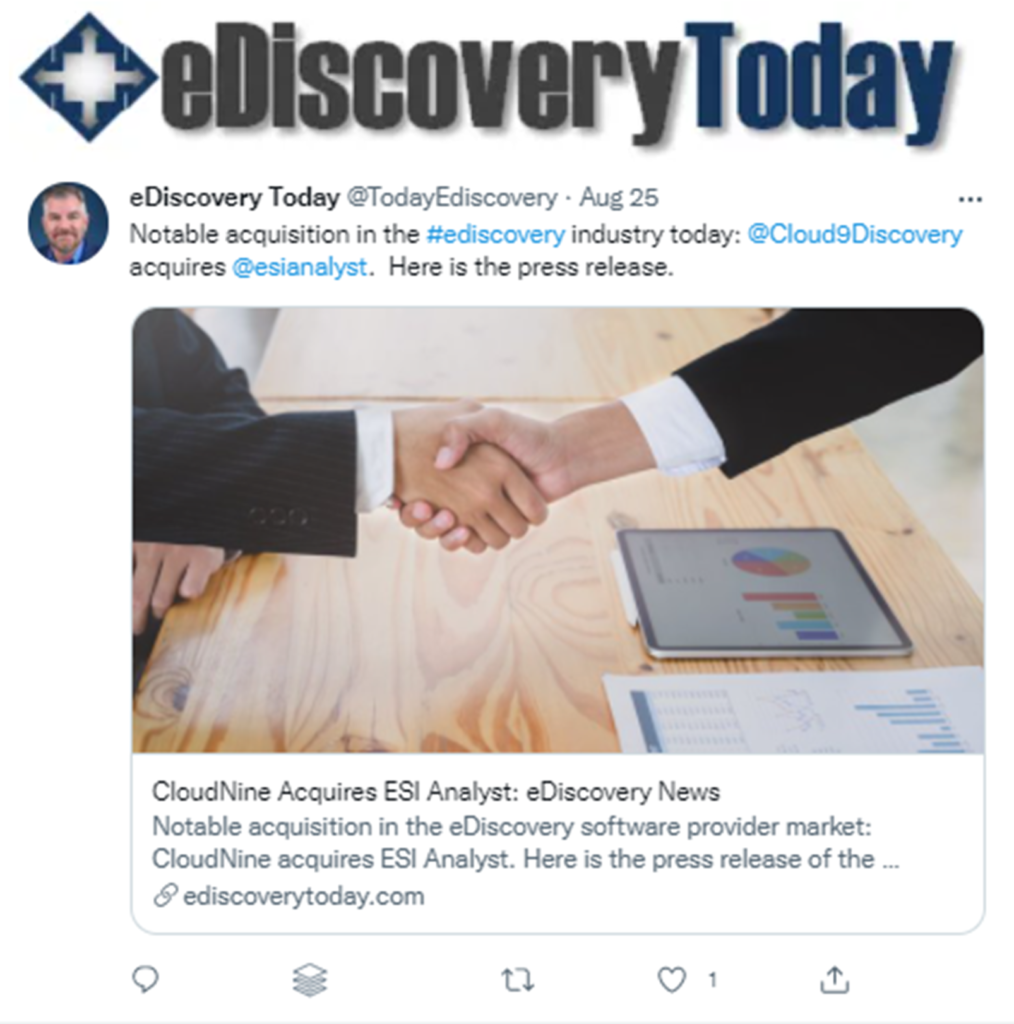


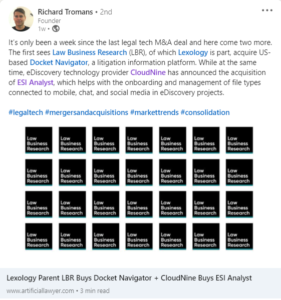







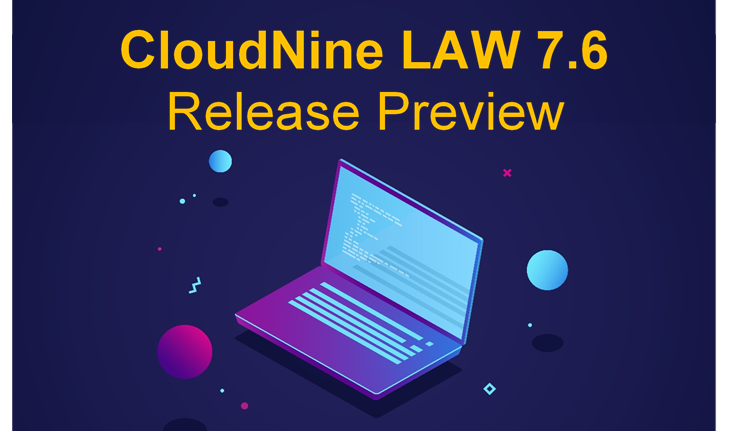
 Focusing on speed, security, simplicity, and services, CloudNine is dedicated to empowering our law firm and LSP clients with proven
Focusing on speed, security, simplicity, and services, CloudNine is dedicated to empowering our law firm and LSP clients with proven 









